Budget Buyers See Opportunity in the Nation’s Oldest Active Adult Communities
Category: Active adult communities
January 7, 2014 — It is common wisdom that the longer an active community has been in existence, the older its population. It makes sense – new communities market to an audience which is just starting retirement, mostly folks in their late 50’s to early 70’s. The buyers move in and tend to stay until they either die, or are forced to move to assisted living or a nursing home. That whole cycle typically plays out over 30 or so years. And then what happens? Well that is the subject of today’s article.
The Oldest Active Communities
Sun City, Arizona, was launched January 1, 1960, with five home models, a shopping center, recreation center and golf course. Although not the first (nearby Youngtown gets that honor), it did launch the market for master-planned active adult communities. According to Wikipedia the opening weekend drew 100,000 people, ten times more than expected, and resulted in a Time magazine cover story. The rest is history, as Del Webb expanded into more communities in Arizona (Sun City West, Sun City Grand) and across the U.S. Del Webb is now part of Pulte. 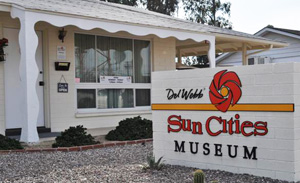
As it became apparent that active adult communities (developments aimed at retiree age populations and usually featuring multiple types of recreation and social activities) were a trend that was going to work, competitors came in. Some of the first ones include Laguna Woods Village (California), The Villages (Florida), Century Village (several campuses in Florida), and Sun City Center (FL), and Seven Lakes Golf & Tennis Club (FL).
The Challenges
Older communities face some big and obvious challenges when competing against brand new or recently built communities:
– The facilities, buildings, and infrastructure are older, less up to date, and need more repairs
– The inside of the homes and apartments are often dated. Kitchens with avocado appliances, linoleum floors, and plastic laminate counters will drive away younger buyers in droves
– Recreational opportunities and amenities might be yesteryear’s flavor. Shuffleboard courts are a sure sign the community has an aging population. Golf is less popular now; running trails, fire pits, and pickleball courts are more in vogue
– Home layouts and materials do not compare as favorably
– Buyers in established communities have to be ready for extensive home renovations if they want the latest look and quality. In communities still being built buyers usually have the option to customize their homes during pre-construction
– Since the current owners in the community are generally older, younger prospects considering the property are often hesitant about purchasing and being among “old” people
– Some older communities have faced problems with foreclosures and owners defaulting on their homeowners dues and assessments. This can be crippling when it reaches a critical mass – too few owners are left to shoulder the bills – forcing painful decisions and budget cuts.
Some advantages though
More established active adult communities, however, do have several advantages over newer ones:
– The builder/developer has usually moved on, leaving the residents and their Home Owners Association (HOA) as the owners/managers of the recreational facilities and common property
– The management transition from developer to HOA has been worked out and the community generally has a wealth of experience in managing its own financial and community responsibilities (the struggles to get to that place should not be underestimated)
– Pricing. Older properties are generally less expensive than brand new ones. For the millions of retiring on tight budgets, going with an established community might be the route.
Can older communities compete?
USA Today recently published an interesting article, Boomers Reinvent Sun City Retirement Community, which outlines how baby boomers are taking over the original active community, Sun City. Homes are selling briskly now, even though most of the baby boomers buying into Sun City are young enough to have grandparents who lived here. The major reason is price – the average home in Sun City is selling for about $129,000 vs. $190,000 in (newer) Sun City West and $240,000 in Sun City Grand. At that differential buyers can afford to plunk down more money to renovate kitchens, upgrade the exterior, and open up the interiors for a more contemporary feel.
But to complete the transition to a community that can compete, its infrastructure also needs to be brought up to date. Amenities that are no longer popular need to be phased out and replaced with the ones boomers are interested in, like big fitness centers with lots of equipment. A project like that requires getting a lot of people to cooperate and execute a shared vision for the future – usually a big challenge.
We asked Topretirements member and frequent commenter, Old Nassua, for his thoughts on the transitions going on in older communities (he lives in Century Village, one of Florida’s oldest active communities). As always, he had some thoughtful insights, both about his community and active communities in general:
What’s happening in Century Village as initial residents age or die:
1. It is becoming far more diverse; going from mainly NYC Jewish to Hispanic, Black, Italian, Russian.
2. Many more two-story elevators being installed.
a. When CV opened, 50 years ago, upper floors were at a premium, for the view. Now, first floors are desired.
b. Three stories and up: Elevators required by code at construction.
3. Palm Beach County Fire and Rescue has built has built a direct and private entrance directly into CV, rather than entering through the often congested guardhouse entrances.
4. Perhaps the most important change in the community is financial: more units have stopped paying COA fees, are abandoned, going up for sale, or signed over to the local association.
5. As a result of #4, more associations are allowing rentals
6. CV is a what Old Nassau calls a sedentary 55+ community: no green areas, golf, basketball, running or bicycling trails. Some tennis, pickleball, No dining in the clubhouse.
Here are three other services active communities will be needing to supply if they want to compete:
1. Wi-Fi. Here in CV there is a big fight between the 55+ baby boomers who want community-wide Wi-Fi, for an additional four or five dollars COA fees, and the 70+ who do not. The President is behind it, and so is economics: local realtors say that prospective buyers want Wi-Fi throughout. We already have it at all the pools. The time has come.
2. If there’s a health club within the village, honor Silver Sneakers. I emailed the newly opened MVP Health Club in The Villages. It does not honor Silver Sneakers, even though many Medicare Advantage and Secondary Health plans do offer Silver Sneakers to their 65+ members.
3. Here’s another concept whose time is coming: Charging Stations for electric vehicles, especially in condo communities. An article today in the Palm Beach Post, “Condos, Electric Cars: You Can Buy It, But Can You Charge It” discusses the problem.
As far as COA payment defaults, as the economy improves, so will income for associations. He also thinks that state legislatures will enact laws making lien foreclosures and fee collection at/from sale far easier for H- and C- OA’s.
In addition, owners or inheritors, simply to get out from fees and dues, will lower asking prices.
Google http://www.trulia.com/FL/West_Palm_Beach,16067,Century_Village/
The first condo is 95 Stratford G West Palm Beach, FL $28,000 2 beds 2 baths 978 sq.ft. The next two are $19,000 and $18,000.
A Prediction – Another Tier of Communities
Old Nassau predicts another layer of retiree communities for 65+ or even 75+, as people work and live longer. These communities will emphasize internal transportation, walking, small but many pools, large card and billiard rooms, shuffleboard, pickleball, on-site medical facilities with a hospice, and entertainers from the same generation as the retirees – pretty much what CV is now. These places are where today’s baby boomers will move in 15 or twenty years.
He calls these communities “sedentary”, or “great-grandparent”, communities.
What is likely to happen in the future?
Old Nassau raised some interesting points that communities need to work on beyond fancier gyms, aerobic studios, community gardens, and more walking trails. Here are some more thoughts from Topretirements on what older communities need to do to be competitive:
– Study and emulate the successful new communities to match their amenities, facilities, and appearances
– Develop a long range plan and execute it. We recently noted with pleasure that Sun City Center (a very established community near Tampa) has such a master plan that provides its vision for the future.
What should you be on the lookout for?
If you are interested in the idea of moving to an older community make sure you do your due diligence to know what you are getting into. You need to be on the lookout for:
– High percentage of dues delinquencies, many foreclosures and for sale signs, or other signs of financial trouble ahead
– Community boards that are actively planning for a healthy future
– Community residents and leaders that will support and encourage younger residents to live there
– Prices low enough to leave you sufficient capital to make necessary improvements in your new home
– Is the momentum in the community going in a positive direction
– Basic infrastructure that is strong enough that won’t require massive infusions of capital to become competitive.
Comments: What do you think about moving into an older active community vs. a new one – would you be willing to take the risk of an older one if the price was right? Please share your thoughts in the Comments section below.
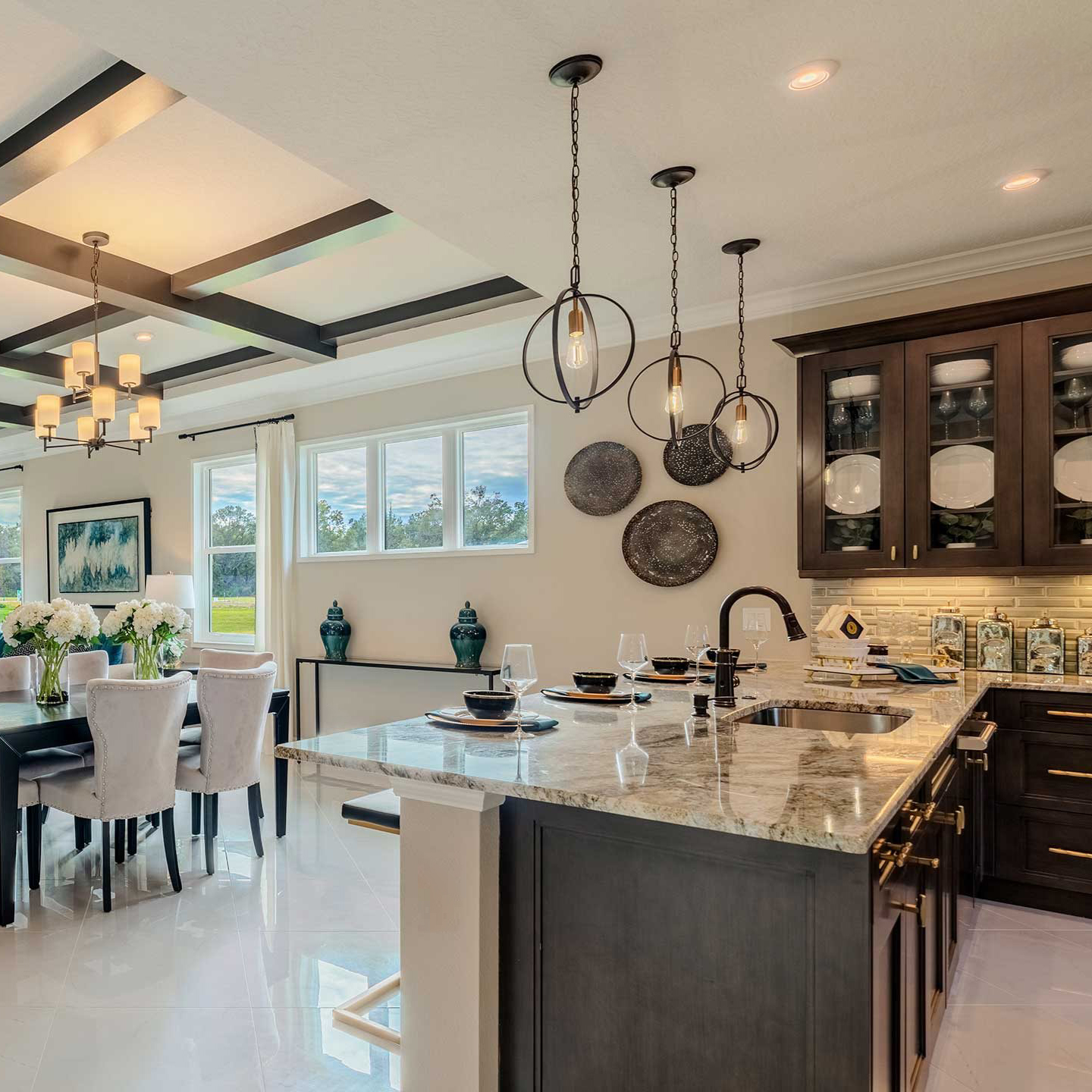
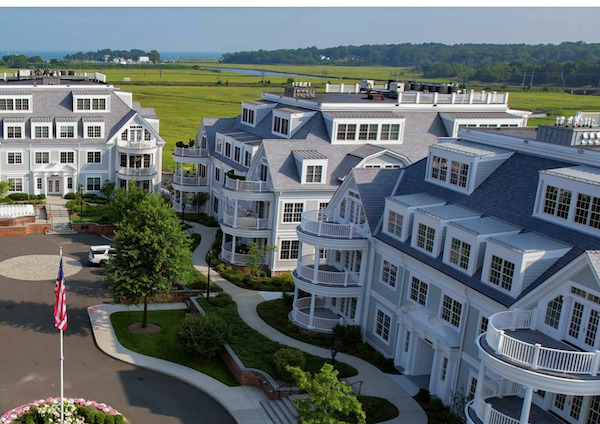
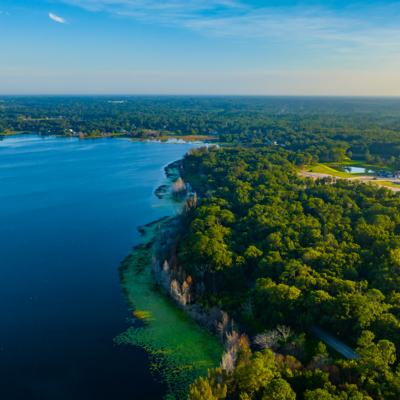

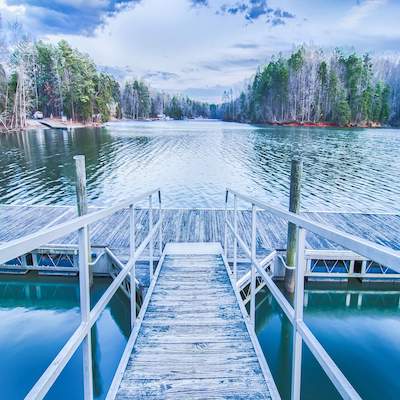
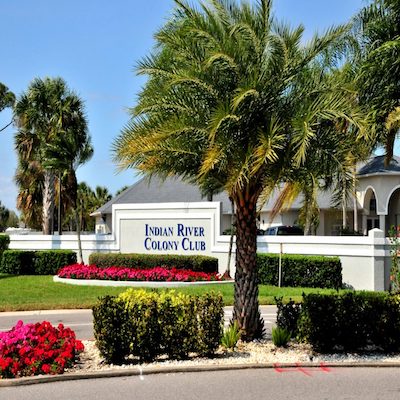
Comments on "Budget Buyers See Opportunity in the Nation’s Oldest Active Adult Communities"
Dave C says:
Very interesting perspective in this article. We will be moving to smaller 55+ Community in Mesa, AZ this coming fall, Apache Wells II. It basically has been up nd running since 2000. So, not really an "older" community, but about 15 years old.
It is very important to buy into a community with your eyes "wide open". By this I mean the financial health of the HOA, the delinquency rate, number of vacant homes, the selling prices of "for sale" units, etc, etc. Also, be realistic. You will be paying your share of every amenity offered by the community. Will you use them all? Half of them? Sometimes the worth of things like a beautiful, rolling golf course is not in playing the links, but enjoying it's peaceful beauty.
I am simply recommending examining all aspects of any community.
I bought into one with a pool, a club house with a little gym, library and a large kitchen for gatherings. That is ample for us.
I need to remember....this could be my last move, I had better think it through. Good luck to all of you considering relocation to some type of retirement community!! :cool:
Marianne says:
We bought into a 30 year old community in Northern California, moving from rural acreage to a much smaller place near a city. At 65 and 70, we are a bit younger than the "old-timers," but we have jumped into social and recreational activities, mostly with people in our age range. We looked at new +55 communities but affording them was a stretch. We spent five months working with a contractor on a remodel that we are thrilled with. Older units selling here are being replaced and remodeled. The grounds, including a huge green space, are beautifully kept. Yes, the pool, exercise room, tennis court and clubhouse are aging, but we have a rec center close by with all of those amenities at very low cost for seniors, if an issue pops up in the future. Other bonuses - close to family and grandkids and a major airport, as well as parking in the community for our RV.
Peg Clendenin says:
How do I find this??? I don't need many of the amenities offered by 55+ communities, and this is exactly what we need! By Dave C: I bought into one with a pool, a club house with a little gym, library and a large kitchen for gatherings. That is ample for us.
Ginger says:
I am in an older mobile home park. We have a pool and spa, a clubhouse and laundry. That's pretty much it. We have a number of snow bunnies who come down in the winter. So far, I'm pretty satisfied. The things that are important to me are my neighbors; I want to make a support group of friends. And low cost; i want to conserve money. I have been having health problems and one of my neighbors is kindly taking care of my little dog. Another neighbor brought me a bag of clothes to the hospital. I had to come to the hospital suddenly; I had a stroke last Thursday night. I'll go home in a week, but I want to have neighbors that check on me and keep an eye on me. And I'll watch out for them, too. If you are single, or even part of a couple, support matters as we age. I'm only 65; perhaps I'll get through this bad patch and carry on. But eventually. I'm going to have challenges. So I want to start setting up those relationships now.
Skip says:
Ginger my thoughts and prayers go out to you for a quick and full recovery.
JoyceR says:
Ginger,
You might want to call the County Dept of Aging to call you Monday through Friday to check on you. Also, there might be a friendly visiting program as there is in Baltimore County, MD. The Older Americans Act support these programs. These should be free services.
Stacey says:
Ginger: My mom is 93 and gets Meals on Wheels for a nominal price. This gives her dinners for 6 days. We are in NYC but I'm sure this is a nationwide program. At least you would not have to cook dinner for yourself.
God bless you for a speedy recovery.
nancyann williams says:
Marianne, where is your No CA community?
I am a retired single female, 72 year old liberal with no family. I believe that values, mind-sets, and/or world views are VERY important when choosing a place to live. I have explored several communities on line and have talked w/some who live in one. Where I get confused, frustrated, and weary is trying to find out all the aspects that you all have presented above......now, to add the values info....well, it's enough to make one lay down for a nap, drink, or shop, just to forget about the whole darn thing.....remaining stuck where you are.
Someone, please help me/give me some tips, your experiences, etc. in narrowing the vast list down to max of 10 communities, or so. For example, I have used top 10 topics to consider when moving, your top musts/deal breakers, along with other suggestions. Lately, I have been searching in the Village Network directory.
What I find is that Villages and/or active communities that appear to be a viable possibility in most ALL aspects, usually have one big drawback that drops it out of the list, so I don't go to check them out. Most commonly the drawback is the weather, cost, or crime.
Lastly, one of the MOST important aspect for me to consider are the attitudes, interests, and values of the members. Also, important is the surrounding city or town. I want to be near a place where I can get involved. I don't know how to get to the values, etc. unless you spend sometime in that community. If that is the best way, then, the list better be a short one, unless you want to spend your last days on earth looking for a place to live....one that is a good fit. I AM aware that there is NO utopia. I am realistic. But, after moving around soooo many times/places, I want to make one more "forever" move. Maybe that is not realistic.
Help me out, folks. Appreciate any and all suggestions. Thanks.
Robbie says:
Morning does anyone have info on Delaware ,,healthcare availability etc..55 communities..and etc
Marianne says:
Nancyann,
Our community is Woodland Estates, in Morgan Hill. We did look at The Villages in San Jose but we don't play golf and WE is smaller, with lots of open space and agricultural land surrounding the area. Morgan Hill has plenty of opportunities for volunteering or organizations for involvement, depending on your interests. We are a resident owned park with a mix of 285 modular homes with and without garages, and an elected Board who govern the corporation owned by all of us as shareholders. The good news is that monthly assessments stay relatively stable; the bad news is that sometimes the politics and personalities erupt. We do some volunteer work, travel a bit, and enjoy the beautiful location.
nancyann williams says:
Marianne,
Thank you for the helpful information. Sounds like an interesting place to check out.
Ginger says:
Thanks for your suggestions!
Elizabeth in NY says:
HI Ginger,
Sending loving, beautiful thoughts and prayers your way. {{{{::Hugs}}}} Elizabeth in NY-
Feel well SOON~ LOVE YOU~
Maureen says:
Hi Ginger, Wishing you a speedy recovery. You'll be good as new before you know it!
Jennifer says:
Ginger:
You seem so very strong. I hope you continue to improve and that you will feel better soon. It IS good to have a support group and you are very wise to cultivate friendships. Many people I encounter have no family and relationships that are supportive are very important. You seem to have it figured out.
God Bless you!
Jennifer
Godsgirl says:
Ginger, good thoughts and prayers are coming your way.